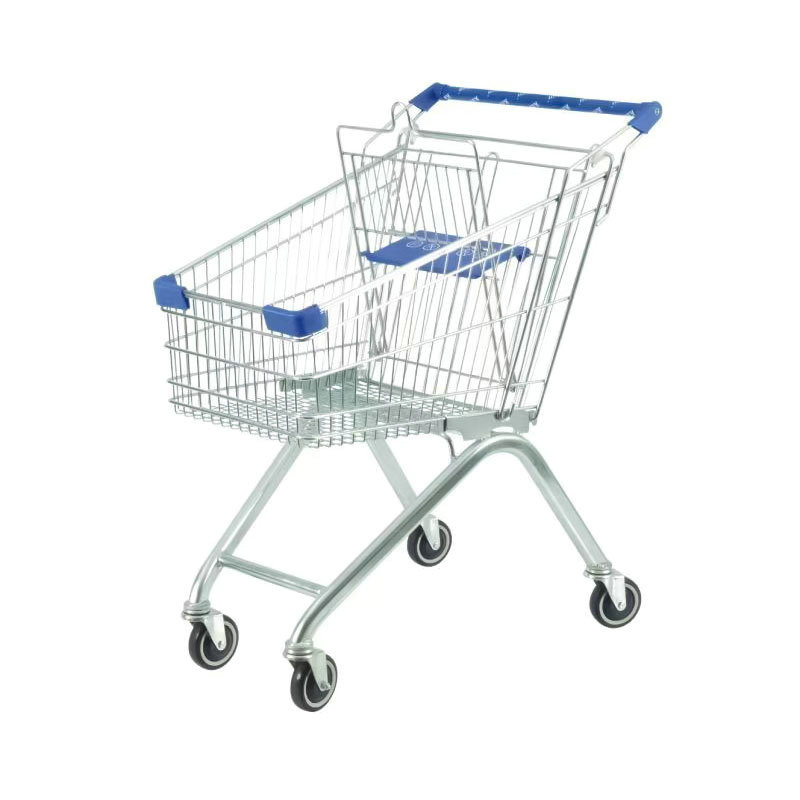To prevent weight-sensitive alerts on supermarket trolleys from being misjudged and to ensure the accuracy of these alerts, it's important to implement the following measures:
1. Calibration: Regularly calibrate the weight-sensitive sensors to ensure they provide accurate readings. Calibration should be performed by trained personnel and based on manufacturer guidelines.
2. Adjustment for Tare Weight: Consider the tare weight of the trolley itself when setting the threshold for weight-sensitive alerts. This ensures that the system doesn't trigger alarms solely based on the weight of the trolley.
3. Consistent Load Distribution: Encourage shoppers to distribute their items evenly in the trolley to prevent false alarms caused by an imbalanced load. Educate shoppers on how to use the trolley effectively.

4. Maintenance: Keep the trolleys and their weight-sensitive systems well-maintained. Regularly inspect sensors and other components for wear, damage, or debris that may affect their accuracy.
5. Proper Threshold Setting: Adjust the weight threshold for alerts based on the specific characteristics of the store and the expected load of merchandise. It's important to find a balance between preventing false alarms and detecting potential theft.
6. Warning Signs and Education: Place warning signs or labels on trolleys indicating that weight-sensitive alarms are in use. Educate customers about the system and encourage them to be mindful of how they load their trolleys.
7. Supervised Monitoring: Have store personnel or security personnel monitor the weight-sensitive alerts in real-time. This can help differentiate between legitimate alerts and situations where shoppers inadvertently trigger the alarm.
8. Secondary Verification: When an alert is triggered, have a store associate approach the customer to verify the situation. This can involve a brief conversation with the customer to confirm their purchases.
9. Override Mechanism: Implement a system that allows store staff to temporarily override the alarm to accommodate legitimate reasons for a heavy load, such as large and bulky items that have been properly paid for.
10. User Feedback: Solicit feedback from store associates and customers regarding the weight-sensitive alert system. Use this feedback to fine-tune the system and minimize false alarms.
11. Data Analysis: Continuously analyze the data generated by the weight-sensitive system to identify patterns and potential issues. Make necessary adjustments to the system based on these insights.
12. Regular Audits: Conduct regular audits of the weight-sensitive alert system to ensure it is functioning correctly and efficiently. Address any technical issues promptly.
By implementing these measures, supermarkets can reduce the risk of misjudging weight-sensitive alerts and maintain a balance between theft prevention and a positive customer experience. It's essential to educate staff and customers on the system's purpose and to continuously monitor and adapt the system for optimal performance.

 English
English русский
русский Deutsch
Deutsch Español
Español 中文
中文










